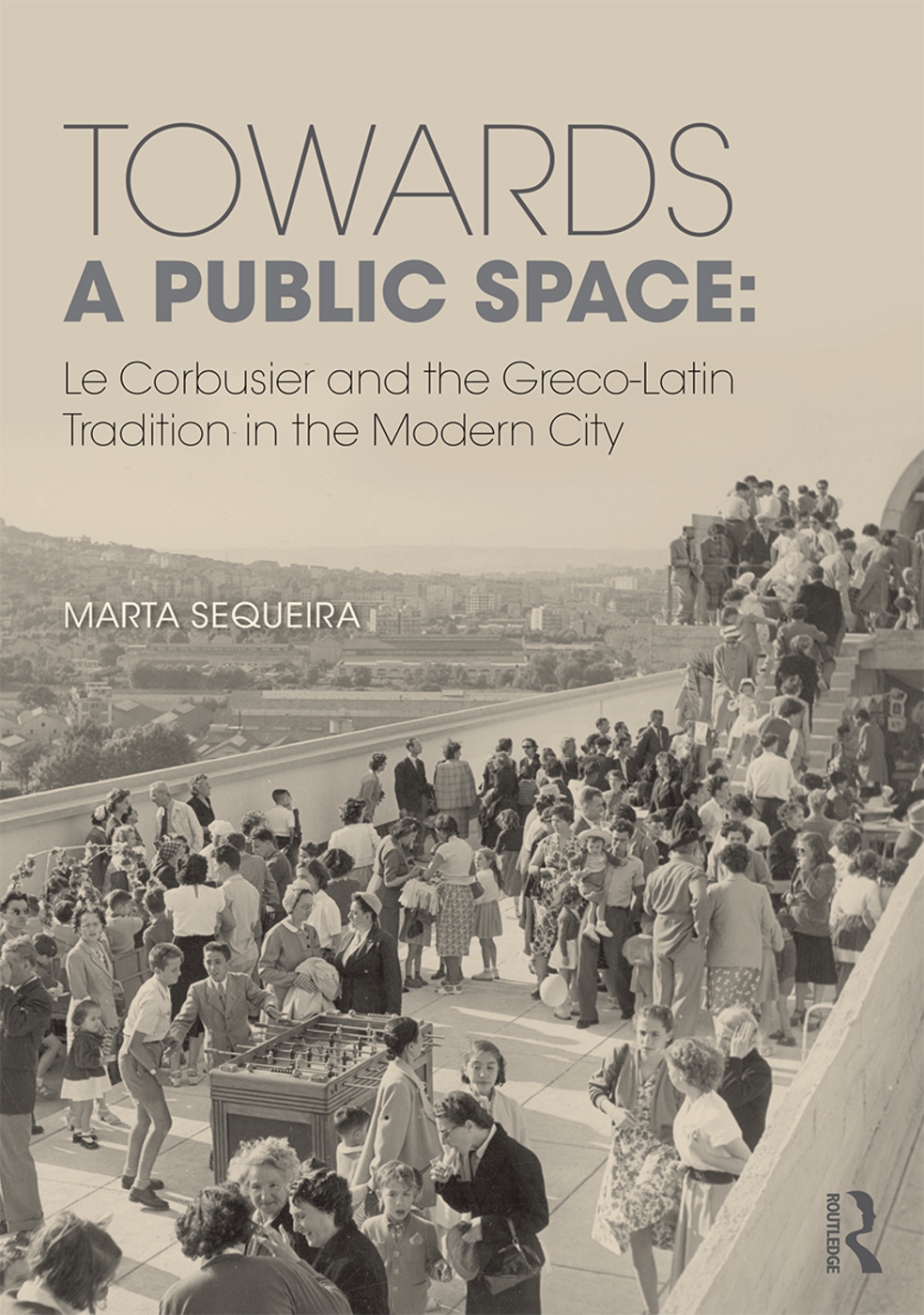| FindBook |
有 1 項符合
Towards a Public Space: Le Corbusier and the Greco-Latin Tradition in the Modern City的圖書 |
 |
Towards a Public Space: Le Corbusier and the Greco-Latin Tradition in the Modern City 作者:Marta,Sequeira 出版社:Routledge 出版日期:2017-09-20 語言:英文 規格:精裝 / 18.4 x 25.4 x 1.9 cm / 普通級 |
| 圖書館借閱 |
| 國家圖書館 | 全國圖書書目資訊網 | 國立公共資訊圖書館 | 電子書服務平台 | MetaCat 跨館整合查詢 |
| 臺北市立圖書館 | 新北市立圖書館 | 基隆市公共圖書館 | 桃園市立圖書館 | 新竹縣公共圖書館 |
| 苗栗縣立圖書館 | 臺中市立圖書館 | 彰化縣公共圖書館 | 南投縣文化局 | 雲林縣公共圖書館 |
| 嘉義縣圖書館 | 臺南市立圖書館 | 高雄市立圖書館 | 屏東縣公共圖書館 | 宜蘭縣公共圖書館 |
| 花蓮縣文化局 | 臺東縣文化處 |
|
|
圖書介紹 - 資料來源:博客來 評分:
圖書名稱:Towards a Public Space: Le Corbusier and the Greco-Latin Tradition in the Modern City
內容簡介
The extensive literature on Le Corbusier’s work tends to examine mostly his architecture, but he was also very interested in the larger scale of cities and planning. He makes several urban plans - for the reconstruction of France, for Bogota and for Chandigarh, for example - and writes several books on urbanism - Urbanism, Precisions, The Radiant City, The Athens Charter, The Three Human Establishments, just to quote a few examples. This book contributes to fill in the void regarding the systematic analysis of Le Corbusier’s city scale plans and, in particular, the public space. The public spaces in Le Corbusier’s plans are usually considered to break with the past and to have nothing whatsoever in common with the public spaces created before modernism. This view is fostered by evidence that masks their innovative character, and also by misinterpretations of some of Le Corbusier’s own observations and liberal use of words like civilisation machiniste [“machine civilizationâ€], l’esprit nouveau [“new spiritâ€] and l’architecture de demain [“architecture of tomorrowâ€], which mask any evocation of the past. However, if we manage to rid ourselves of certain preconceived ideas, which underpin a somewhat less-than-objective idea of modernity, we find that Le Corbusier’s public spaces not only fail to break with the historical past in any abrupt way but actually testify to the continuity of human creation over time. This is what this book aims to demonstrate through an analysis of some of Le Corbusier’s public spaces dating from the period immediately after the Second World War.
|










